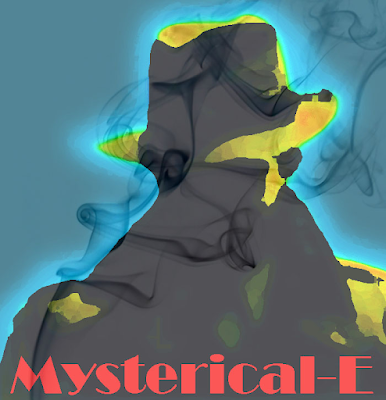The “murder mystery” emphasises mystery: the murderer is (hopefully) kept a secret from the reader until the end, even if there is not much actual detection. (The Americans tended to prefer suspense and atmosphere, and, indeed, many of Carr's late novels are fair play Gothic mysteries, in which the hero has adventures and falls in love, while the series detective remains in the background.) The “detective story”, on the other hand, emphasises detection, with the murderer's identity often fairly obvious.
This was the dominant form in Britain until WWII, and had been ever since the days of Sherlock Holmes, when the Victorian readers of the 'Strand' were invited to marvel at Holmes's miraculous deductions from footprints and bicycle tyre-tracks, rather than working out which of the suspects did it—rather pointless, as the criminal (seldom a murderer) was often obvious or introduced only at the very end. The Sherlock Holmes stories simply don't work as formal detective problems.In short order, attitudes began to shift against "formal detective problems," to the extent
that . . .
Category: Detective fiction
. . . we must return to the 1920s and the 1930s for the detective story—whether the brilliantly ingenious works of John Dickson Carr, with their jaw-droppingly astounding solutions, or the formal problems in deduction of Ellery Queen; or the well-crafted, intellectually satisfying work of Freeman or Rhode. Yet how we can we find them?
The problem is that the American writers and those of the 1930s are very easy to find; they have all been consistently reprinted in paperback form since the 1940s. It is very easy to find a complete set of Carr or Queen in second-hand bookshops, and almost every first-hand bookshop stocks the complete works of Agatha Christie.
Try looking for many of the traditional British writers, and it's a different story.
Category: Detective fiction


No comments:
Post a Comment